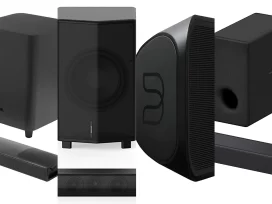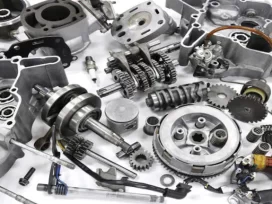
The Benefits of Traveling With a Backpack
Backpacks are large bags worn over your shoulders for traveling, hiking and camping purposes. Their ergonomic design helps carry heavy loads with ease and comfort.
Mountain biking requires an excellent backpack. The best backpacks include features such as chest strap, detachable lash straps and compression straps to provide optimal support and convenience.
1. Comfort
Are You Traveling from Hotel to Hostel or B&B on Your Next Adventure? A comfortable travel backpack should hold all of your belongings safely and comfortably – such as ample padding throughout, weight distribution and adjustability features, plus features like locking zipper flaps that keep contents secure.
Front-loading designs are also essential to make life simpler. This feature will enable you to open the bag from its face, rather than opening a hole at its rear and reaching through it, to access what’s inside.
When looking for the ideal backpack, we recommend picking up several in store and sending them home loaded up with your gear to see which fits you best. A return policy that offers flexibility is also crucial so that once you find one that meets all your criteria for a trip or adventure you know that it will continue fitting perfectly over time. Once found, purchase and rest easy knowing it will last!
2. Convenience
Packing a backpack offers you the convenience of quick accessing clothes and items more quickly than when travelling with a suitcase, plus it may help prevent those pesky overage fees at airports.
Your travel backpack will surprise you in its capacity if packed carefully and minimally, with multiple compartments and smaller pockets that prevent items like AirPods or camera batteries from being misplaced at the bottom.
Look for a model featuring convenient suitcase handle sleeves, cord corrals, lockable zippers and durable materials when selecting the ideal travel backpack. Additionally, opt for one with either a U-zip opening mechanism or one that opens like a clamshell design so it is easier for you to access all contents within.
3. Space
Traveling with a backpack forces you to think carefully about what items are necessary on the journey, which helps reduce clutter. An adept backpacker can pack plenty of stuff in small spaces.
Backpacks provide various methods of accessing their main compartment. You could gain entry from either side or both – and many even feature clamshell openings, splayed openings, rolled openings or drawcord closures for added security.
Daisy chains (lengths of webbing stitched around its edges) make it easy to attach items to your backpack, such as helmets or wet clothing, using carabiners or sternum straps as attachment points. Compression straps also allow you to save space by compressing items while pushing out air, which makes them particularly helpful when compressing clothing and external hard drives.
4. Organization
Backpacks come in all styles, shapes, and sizes – some have an unassuming design with no pockets at all while others feature various internal and exterior compartments for storage and security purposes. Traveling and backpacking models typically incorporate features tailored specifically for their purpose.
A travel backpack, for instance, features padded laptop compartments and thoughtful electronics pockets – as well as daisy chain webbing for vertical transport – that make it suitable for digital nomads and remote workers. Meanwhile, backpacking backpacks provide sleeker alternatives ideal for hiking and camping adventures.
Carrying a backpack means wearing it on one’s back with straps that go over both shoulders for support. Backpacks are popular among hikers and students, offering ample storage space for different items while being more comfortable than carrying bags in hands. A backpack should not be confused with bag packs such as duffel bags, tote bags or satchels which also contain multiple compartments.







